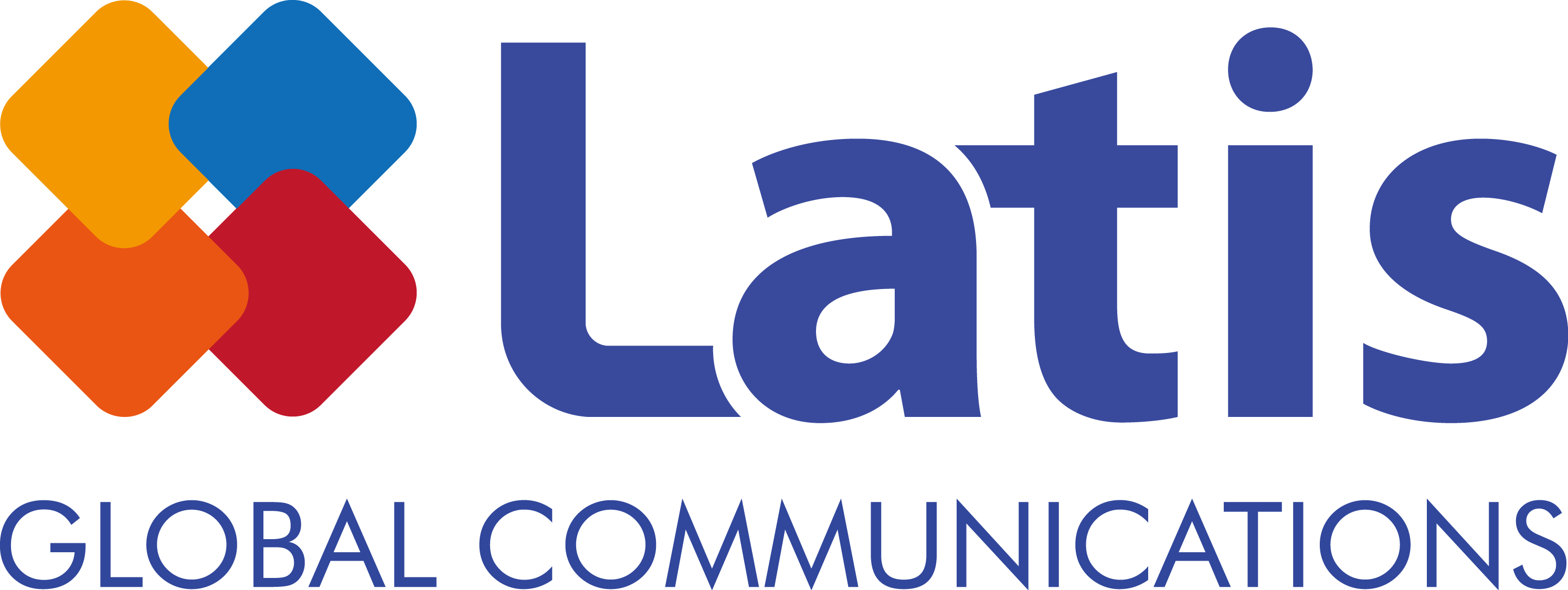
Game Balance is an important aspect of game development that directly affects player satisfaction and engagement. Effective game balance testing in an important step to ensuring that users have a fun and challenging but fair experience.
At Latis Global, we provide professional localization, game QA, game operation, and game sound service for games entering the overseas market. Today, we will take a look at some key strategies and techniques for testing game balance while focusing on gameplay accessibility, difficulty, and overall player experience.

How to Further Polish Your Game With Balance QA
1. What is Game Balance QA?
Game Balance QA refers to testing the overall gameplay difficulty of a game. The test evaluates gameplay mechanics, systems, and interactions to ensure players get an enjoyable experience. In other words, this test identifies the differences between the game’s design and its actual gameplay, analyzing its difficulty by playing through the game and gathering data.
Testers must examine the game’s character movements, controls, combat mechanics, level design, and progression system. By gathering player feedback through rigorous playtesting, developers can identify aspects of the gameplay that are clunky, unresponsive, or unintuitive. This phase of testing analyzes the results to improve and optimize the gameplay mechanics, allowing the players to better understand the game and have an immersive experience.

2. Balance QA process
Balance QA essentially inspects a game’s design. We first create gameplay scenarios and review them with the game designers. Based on this, we playtest the game multiple times and document the various metrics that are measured during the playtest. After this, we write a report based on the data that is collected. We also make a list of other similar games in the market and share it with the developers. We compare and analyze metrics gathered by playing those games, and provide the results to the developers.
(Create a test scenario / Share list of games for comparison / Analyze and draw insights from data)

3. Balance QA benefits
1) You can create objective indicators through comparison with other games.
Cross-validating your game with others allows you to examine whether the game’s progression and its balance plans are going in the right direction. By analyzing your game’s balance with that of other games, you can examine your game’s balance from an objective perspective.
2) You can get quantifiable results.
Balance QA provides you quantifiable measurements of rather abstract concepts such as FUN QA. It allows you to verify values like reward designs and probabilities under various scenarios. You can also gather data on how each user group, including big spenders and non-spenders, are going to react to your game’s balance.
3) You can narrow the gap between the developer balance and the user balance.
You can compare the intended balance designed by the developers with the actual balance perceived by the users. This allows you to gain insight on how to balance your game in the future.

4. What is the Balance QA service that Latis Global provides?
Game Balance QA is a service where we select a group of games for comparison by contacting developers, create and test gameplay scenarios, and report the results.
We play the game applying various virtual scenarios (including the amount of money spent, playtime, and play style) that are necessary for the test. We then gather data by comparing specific metrics (such as rewards, difficulty, and growth rate) with those of other similar games.
The gathered data is then organized to verify the balance in the requested areas. These values are then compared with a group of other games, which is then included in the report. Basically, our Balance QA service provides data on your game’s balance, data from comparison game groups, and suggested improvements based on this data.
If you have any questions regarding the various kinds of game QA, please contact us at contact@latisglobal.com.

